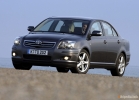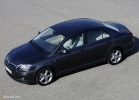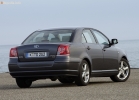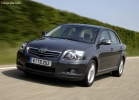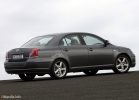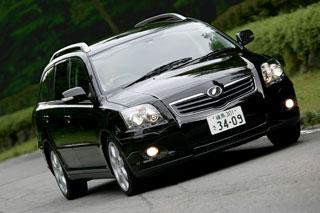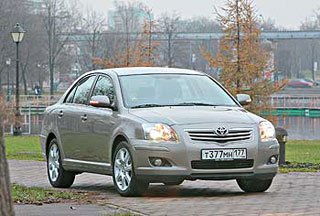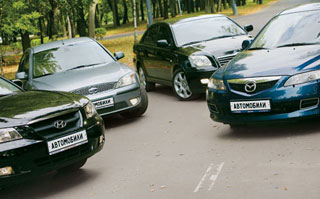Toyota Avensis test drive 2006 - 2008 sedan
Avensis D4 2.0
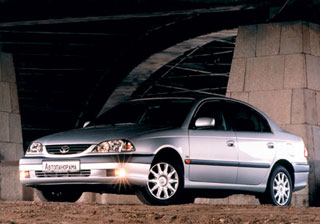 The message that the modification with the D4 engine with a volume of 2 liters will not be officially delivered to Russia, it came after we tested the updated Avensis. In Toyota, this decision is justified, referring to the low quality of Russian gasoline.
The message that the modification with the D4 engine with a volume of 2 liters will not be officially delivered to Russia, it came after we tested the updated Avensis. In Toyota, this decision is justified, referring to the low quality of Russian gasoline. The struggle in the sector D is serious. No one wants to give up the market positions to competitors, and everyone is trying to attract customers, offering new modifications. Appearing in 1997, Avensis produced a real splash in Russia. Sales could envy the models of many firms. A certain external resemblance to the Carina E model, the popularity of which there are legends, have attracted many buyers. And it doesn’t matter that some shortcomings were identified during operation, they were equally quickly eliminated. And three years later, Toyota decided that the models required some update.
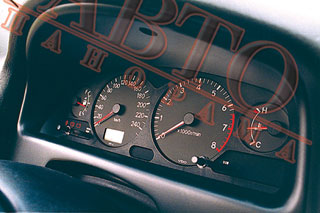 It immediately catches the eye that the new Avensis emblem Toyota migrated from the hood to the radiator grille. If you put two models nearby, you can notice that the front bumper has acquired a new, more stringent shape, the protective windows of the headlights became smooth, and the reflectors remained almost the same shape. The stamping on the hood is more clearly drawn, although their shape is very much like the drawing of the hood of the previous model. The shape of the rear lights is slightly changed, their glass acquired a lighter shade, and the exhaust pipe is decorated with a chrome nozzle. All these changes made it possible to give the car a more strict appearance with some notes of sports. In addition, the chrome -plated D4 nameplate on the front wings indicates that a new generation engine is located under the hood.
It immediately catches the eye that the new Avensis emblem Toyota migrated from the hood to the radiator grille. If you put two models nearby, you can notice that the front bumper has acquired a new, more stringent shape, the protective windows of the headlights became smooth, and the reflectors remained almost the same shape. The stamping on the hood is more clearly drawn, although their shape is very much like the drawing of the hood of the previous model. The shape of the rear lights is slightly changed, their glass acquired a lighter shade, and the exhaust pipe is decorated with a chrome nozzle. All these changes made it possible to give the car a more strict appearance with some notes of sports. In addition, the chrome -plated D4 nameplate on the front wings indicates that a new generation engine is located under the hood. 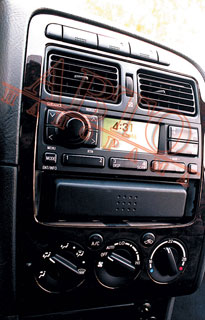 It seems that the changes practically did not affect the salon, but if you put two cars a new and previous generation nearby nearby, then some strokes can still be found. For example, on the central console, the buttons of the upper row became a different shape, and the display is located below, on which the readings of the on -board computer and control of the car radio are displayed. The rest of the interior details remained the same. Of course, the level of quality of the salon finishes could be higher.
It seems that the changes practically did not affect the salon, but if you put two cars a new and previous generation nearby nearby, then some strokes can still be found. For example, on the central console, the buttons of the upper row became a different shape, and the display is located below, on which the readings of the on -board computer and control of the car radio are displayed. The rest of the interior details remained the same. Of course, the level of quality of the salon finishes could be higher. The highlight of the model under the hood, there is a new engine of the D4 family, equipped with a VVT-I system, a 2-liter 16-valve, with direct injection and changed gas distribution phases, with a capacity of 150 hp. The turn of the key but, unfortunately, there were no sports notes in either voice or in the behavior of the motor. Just a magnificent engine with a very flat characteristic. Smooth acceleration in the range is almost from idle to 6500 rpm. But it cannot be that such a motor could not tear the drive wheels into a slip at the start. I try, the reaction is sluggish. But if you press the VSC OFF button under the instrument panel, the character of the machine becomes completely different. Avensis breaks from the place like a sprinkled horse. The electronic traction stabilization system was so strangled by the engine that it behaves just like a lamb. After active maneuvering with disconnected electronics, it cannot be said that in the character of Avensis there is a sports spirit. Suspension setting, the design of which remained the same, is focused exclusively on a comfortable ride. With increasing speed, the rolls increase in corners, and the longitudinal and transverse tanking of the body sometimes becomes directly threatening. Therefore, it is better to turn on electronics and enjoy comfort at a leisurely pace. And when summing up the trip, one pleasant detail became clear: gasoline consumption was 8.3 liters per 100 km. Very good for a 2-liter motor. In addition, it should be noted that the engine is quite satisfied with the domestic 95th gasoline.
Some technical characteristics of Toyota Avensis D4 2.0 (sedan)
(manufacturer data)
Dimensions, mm 4520x1710x1425
Equipped mass, kg 2630
The track front/back, mm 1480/1450
Equipped mass, kg 1415 (1445)*
Type of engine gasoline
16-valve with VVT-I system
Working volume, cubic meter. See 1998
Max. Power, L.S./rpm 150/6000
Max. moment, nm/rpm 200/4000
Front tires/behind 195/60 R15
Max. speed, km/h 210 (205)*
Acceleration time 0100 km/h, with 9.1 (9.9)*
Fuel consumption, l/100 km
city/route/average 10.6 (11.9)*/6.1 (6.7)*/7.7 (8.6)*
Tank volume, l 60
* Summarizes are indicated in the brackets for versions
with an automatic gearbox.
Leo Tolyasin
Photo by Alexander Vasiliev
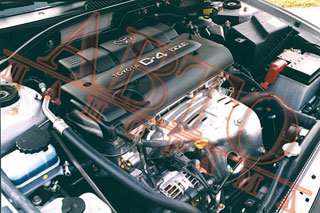
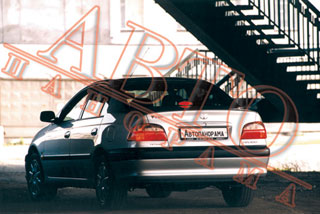
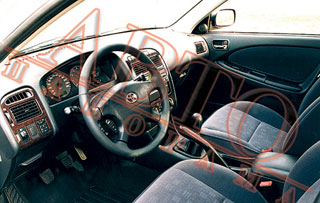
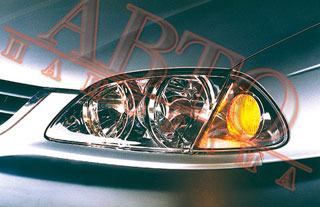
Source: Avtopanorama magazine

